Discover Ventadour
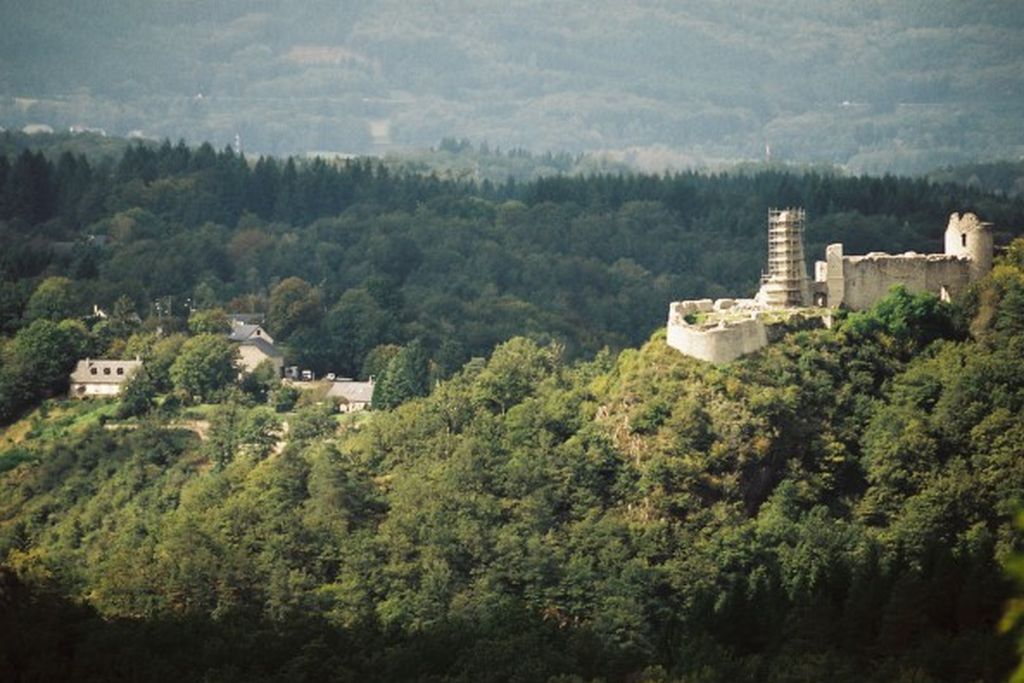
Moustier-Ventadour Red markers
Red markers
Discover Ventadour
Medium
3h
8,2km
+322m
-321m
Loop
Embed this item to access it offline
Here, on the rocky escarpment overlooking the slopes of the gorges of La Vigne and La Soudeillette, one of the most important and impregnable castles in the region was built. From this eagle's nest, the art of the Troubadours shone out throughout Europe. The most eminent troubadour of all was Bernard de Ventadour.
4 points of interest
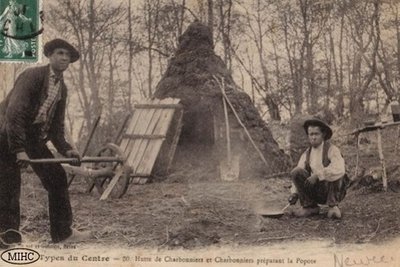
Charbonniers - Archives Départementales de la Corrèze  Heritage site
Heritage siteThe charcoal burners
Once past the bridge, some remains bear witness to the epic of the Charbonniers, the charcoal burners, in the gorges of the Luzège. We can distinguish the ruins of a charcoal burners' hut (4 m long by 2 m wide) and below it two charcoal platforms. There are also traces of a water supply channel that facilitated life in the cabin and the charcoal burning work, particularly to extinguish embers during the collection of the charcoal and its bagging. (Romain Rouaud 2013)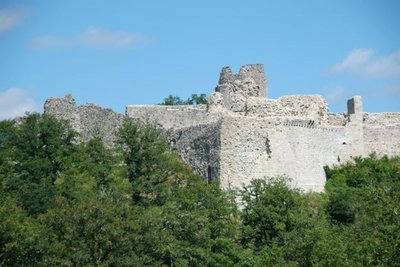
Le Château de Ventadour - D.Agnoux - CC VEM  Heritage site
Heritage siteThe Chateau of Ventadour
In the 11th-century, a fortified town was built on this rocky spur by Ebles I, the first Viscount of Ventadour. During the 100 Years' War, the castle, reputed to be impregnable, was taken by the cunning and occupied by the bothersome Geoffroy Tête Noire and his band of robbers. It was not until 1390 that the Counts of Ventadour regained possession of their castle, which was ransacked and torn apart during the Revolution. Ruins of austere beauty remain, overlooking steep ravines at an altitude of 500 m.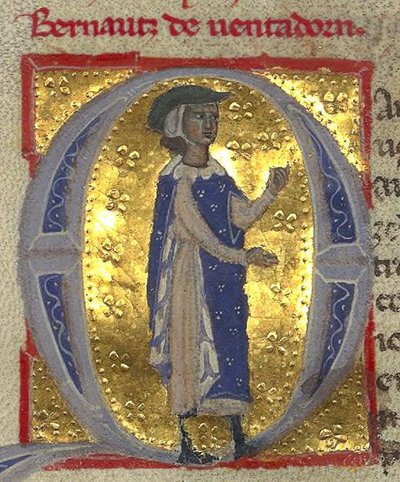
Bernard de Ventadour - Office de tourisme VEM  History
HistoryVentadour, the cradle of the troubadours
In the 12th century, the Ventadour site was a real literary and artistic centre. It was here that the lord, Elbe II, tired of the wars, favoured the art of the troubadour and in particular "the ultimate love, courtly love" by inviting poets and singers to his castle to compete in poetic contests. In the 12th century, the region had four of the ten most famous troubadours. In less than a century, the whole of Europe adopted this new art of love, of which Ventadour became the centre.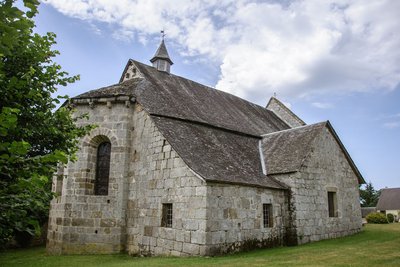
Eglise du Moustier Ventadour - D.Agnoux - CC VEM  Heritage site
Heritage siteEglise du Moustier
Saint-Pierre du Moustier church is the former chapel of a Benedictine monastery founded under the obedience of Cluny by the Viscount Ebles II of Ventadour at the beginning of the 12th century. His father, Ebles I, became a monk at Saint-Martin de Tulle in 1096, and the monastery was established between that date and the arrival of the first prior, Philippe, mentioned in 1116. The 12th-century Romanesque church, rebuilt around 1494, received a bell-tower porch around 1585 during the reign of Gilbert de Lévis de Ventadour.
Description
- From the church, pass in front of the town hall, go down the D124 and, at the granite cross inserted in a wall, turn left towards the houses. Continue by the path that descends, cross the bridge over the stream called the Vigne, leave the left path and go back up. Cut the D991 and take the path on the left. It rises up into the beech grove of puy Dru. On the plateau, continue to the left.
- Take the road to the right, then take the left fork onto the path. Continue by the road to the left and cross straight through the hamlet of Les Bouyges (the last house on the left shows, on a window lintel, a remarkable bas-relief representing two animals facing each other, possibly hares). Continue straight ahead along the path, at the fork go the right, then, at the second fork, on the left, and start the descent into the gorges. At the edge of the plateau, 100 m after the second fork on the left, you can access a view of the Soudeillette valley and the rocky spur where the fortress of Ventadour stands. Continue the descent, which becomes very steep along the quarry (take care), and you will reach the Pont des Bouyges car park.
- Cut the D991, go around the barn to the left and cross the meadow. Cross the footbridge over the Soudeillette, at the confluence with the Luzège and continue along the trail that enters the oak forest, the Bois du Claux. At the intersection, take the sunken path on the left and continue up the hill. Take the track to the left, then the road. Turn left and cross the Roudal bridge.
- Go up by the road on the right along the escarpment (which once protected the castle) and arrive at a junction, at the top of the hill on the left stands the Chateau de Ventadour home to Bernard de Ventadour, one of the most famous troubadours.
- Continue along the road. It leads to La Chanselve, then to Moustier-Ventadour. Turn left to return to the starting point.
- Departure : Place de l'Eglise, Moustier-Ventadour
- Arrival : Place de l'Eglise, Moustier-Ventadour
- Towns crossed : Moustier-Ventadour
Forecast
Altimetric profile
Recommandations
The path slopes and is slippery in wet weather for the descent to the Pont des Bouyges.
Information desks
Carrefour de l’Epinette, 19550 Lapleau
1 rue Joseph Vialaneix, 19300 Egletons
Access and parking
5 km east of Egletons by the D991 and D124
Parking :
Place de l'Eglise, Moustier-Ventadour
Report a problem or an error
If you have found an error on this page or if you have noticed any problems during your hike, please report them to us here:
